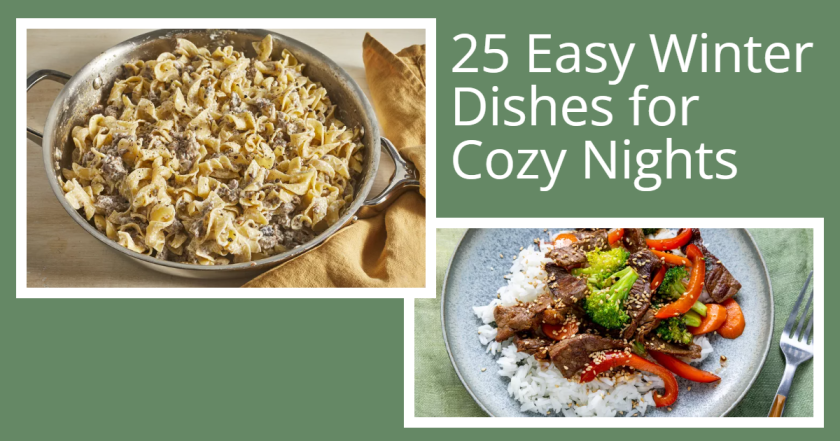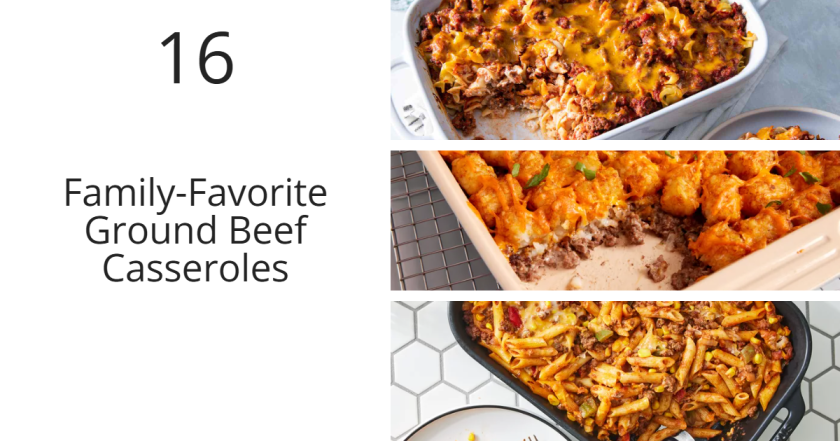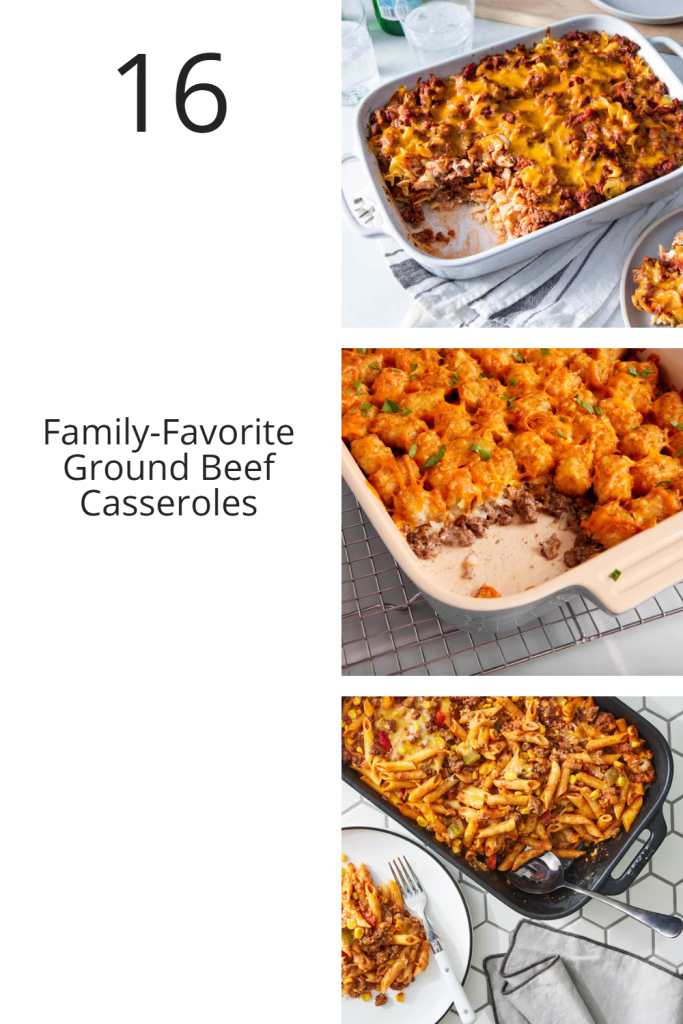Let’s start with an apology. We’re sorry we didn’t bring this hack to you back in November. This was before all the holiday cheese boards and charcuterie boards. Trust us, if we had known about this trick back then, we would have shared it with you.
Fortunately, cheese isn’t just a holiday food. It is everyday food for many of us. There are always occasions to make cheeseboards. Some occasions include birthdays and anniversaries. Valentine’s Day, an Oscar party, and the big bowl game are other examples. Even an average Tuesday is a good time, to name a few.
If you always volunteer to bring the cheese to an event, you should know about this trick. You like your cheese boards to look professional with uniform slices.
How to Use a Fork to Uniformly Slice Cheese
This viral cheese-cutting tip that spread.the.grub posted on Instagram is so simple and so genius.
Here’s how it works. Grab a dinner fork (any regular old dinner fork). Grab your block of cheese. This trick seems like it would work best with a semi-hard cheese such as Cheddar, Gouda, Swiss, or provolone. It wouldn’t work very well with a soft goat cheese or Brie that isn’t easily sliceable. Hard cheeses, such as Grana Padana or Parmesan, would probably crumble under the knife.
But for those cheeses that are cut into slices cleanly, this method will make easy work out of uniformity.









